For someone who has always craved fast-paced crime shows, I never thought I’d care about a hospital drama. The scrubs, the medical jargon, the beeping monitors, it all felt distant, clinical. But life breaks you open when you least expect it. I started Grey’s Anatomy on a night when my own grief was too loud. I needed noise to fill the silence. Then Meredith Grey’s voice cut through:
“So, do it. Decide.
Is this the life you want to live?
Is this the person you want to love?
Is this the best you can be?
Can you be stronger? Kinder?
More compassionate? Decide.
Dramatic? Maybe. But it’s been twenty years.
For two decades, Grey’s Anatomy has been a companion, holding our hands through heartbreak, making us believe in love that felt like destiny, and shattering us with losses so brutal we screamed at our screens. It taught us that even the strongest people fall apart and maybe that’s okay. And when Meredith Grey said, "I'm all glued back together now. I make no apologies for how I chose to repair what you broke. You don't get to call me a whore"— that line broke screens and became the ultimate breakup quote for generations to come.
It was about surviving when you don’t know how. Watching Meredith navigate loss, Cristina chase her dreams without apology, and the characters love, fight, and break, in between all of it, we all felt seen. And let’s be honest, no matter how bad your day is, Meredith’s is worse. Small comfort.
If Grey’s Anatomy wrecked your expectations of love, welcome to the club.
The love stories that defined Grey’s Anatomy
This show gave us some of the most iconic love stories in television. Derek and Meredith’s elevator confessions, the post-it vows, the way he looked at her like she was the only person alive. Then, in true Shonda Rhimes fashion, she broke us.
But honestly, how do you settle for ordinary love after Derek Shepherd saying, "I don't want 48 uninterrupted hours. I want a lifetime." Or Jackson Avery stopping April’s wedding with that speech? Or Derek filling an elevator with case files instead of roses because he knew Meredith would understand?
1. Meredith & Derek
From "I’m just a girl in a bar" to "I wanna die when I’m 110 in your arms" to the post-it vows, their love was the show’s tectonic plate, shifting everything around it. The elevator confessions, the Alzheimer’s trial betrayal, the way they fought like hell and loved harder even in the afterlife.
2. Cristina & Burke
No couple burned hotter or more destructively. Their passion was a trauma bond wrapped in scrubs, the abortion storyline, the choking, the way they kept orbiting each other like collapsing stars.
3. Callie & Arizona
TV’s first major lesbian surgical power couple gave us the leg amputation fight, the custody battle, and the brutal reality that love isn’t enough without trust.
4. April & Jackson
The virgin and the playboy turned star-crossed believers. Their Montana shooting trip, the pregnancy loss, and Jackson’s wedding interruption remain unmatched romantic drama.
5. Alex & Izzie
From Denny’s ghost sex to the cancer storyline to that batshit exit is proof that first loves never really die, they just send you letters years later.
Underrated Gem: Teddy & Henry
The fake marriage that became heartbreakingly real only for him to die on her operating table. A masterclass in tragic romance. True Shonda Rhimes style.
Deaths that destroyed us
1. George O’Malley (Season 5)
The kindest intern, the quiet hero. His death was a gut punch no one saw coming, saving a stranger’s life, only to become a John Doe himself. That moment when Meredith realised it was him from the faint "007" traced on her hand? Soul-crushing.
2. Lexie Grey (Season 8)
Crushed beneath plane wreckage, bleeding out in the wilderness, her final words were a trembling confession of love to Mark. Too much for our hearts to handle.
3. Mark Sloan (Season 9)
He survived the crash but not the grief. His final words—"She’s my person"—before slipping away? A knife to the heart. McSteamy was a green flag after all!
4. Derek Shepherd (Season 11)
McDreamy’s death wasn’t just tragic but majorly infuriating. After saving lives, he was failed by the very system he worked in. The slow-motion horror of Meredith realising he was brain-dead? Unforgettable.
5. Andrew DeLuca (Season 17)
Stabbed while chasing a human trafficker, his heroic last stand was overshadowed by a rushed, crossover death. Criminal.
Iconic scenes that live rent-free in our heads
1. "Pick Me, Choose Me, Love Me" (Season 2) – The moment Meredith dropped her walls and begged Derek to stay. Raw, messy, and painfully real—it was the first time she truly laid her heart bare, flaws and all. That shaky vulnerability in her voice as she pleaded in the elevator? We felt every word like a punch to the chest.
Pick Me Choose Me | Grey's Anatomy | Hulu
...And the rest is history. 🥹 Now Streaming: All seasons of #GreysAnatomy
2. The Hospital Shooting (Season 6) – One of TV’s most harrowing episodes. Cristina operating on Derek at gunpoint, Bailey holding a dying intern’s hand. Pure, unfiltered trauma. The sound of gunfire echoing through the halls, the way time seemed to stop—it wasn’t just an episode, it was an experience.
- YouTubeyoutu.be
3. The Plane Crash (Season 8) – The moment the show shifted from dramatic to devastating. Lexie’s whispered "I love you" as she faded, Mark’s helpless sobs—it was the beginning of the end for the original Grey’s magic. The aftermath, with Cristina’s haunted stare and Arizona’s leg? A wound that never fully healed.
- YouTubeyoutu.be
4. Cristina’s Farewell (Season 10) – "He’s very dreamy, but he is not the sun. You are." Perfection. That final dance to The Walker, the way she hugged Meredith like she was memorising her. It wasn’t just a goodbye to Cristina, it was the end of an era.
- YouTubeyoutu.be
5.Derek’s Flatline (Season 11) – Rage-inducing. Heart-breaking. Watching him slip away because of a hospital’s negligence, while Meredith’s world crumbled around her? Unforgivable. That slow-motion montage of their love story as the monitor flatlined? The show’s cruellest twist.
- YouTubeyoutu.be
Bonus: Underrated tearjerker moments
- Bailey breaking down after the shooting (S6)
- Izzie seeing Denny's ghost (S5)
- April’s crisis of faith after Samuel’s death (S11)
- Richard’s relapse (S12)
Twenty years later, we’re still here
Maybe Grey’s isn’t the same. Maybe we miss the OG interns, the early seasons, the magic that’s faded. But we still tune in. We still cry when Chasing Cars plays. We still whisper, "You’re my person."
Because Grey’s Anatomy isn’t just a show.
It’s the reason we expect love to feel like an elevator confession. It’s why we dance it out when life gets heavy. It’s how we learnt the carousel never stops turning, love doesn’t always win, and the people you love don’t always stay.
Twenty years later, we’re still here. Because somehow, we still need it.
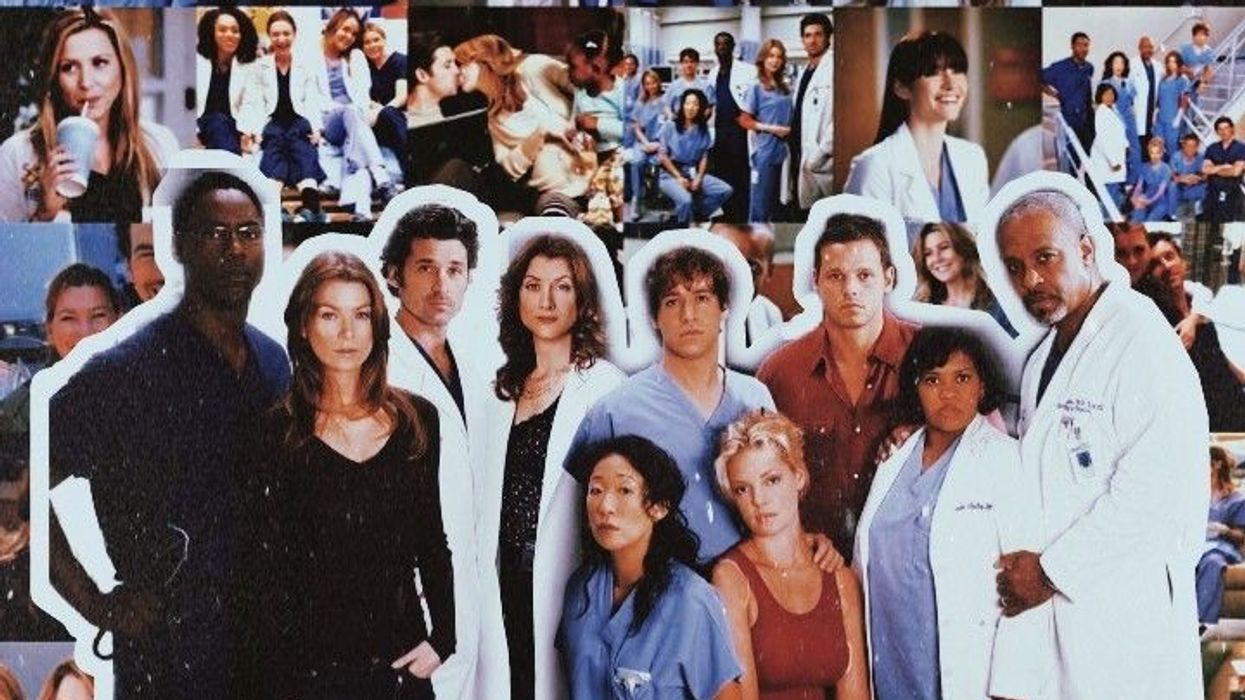


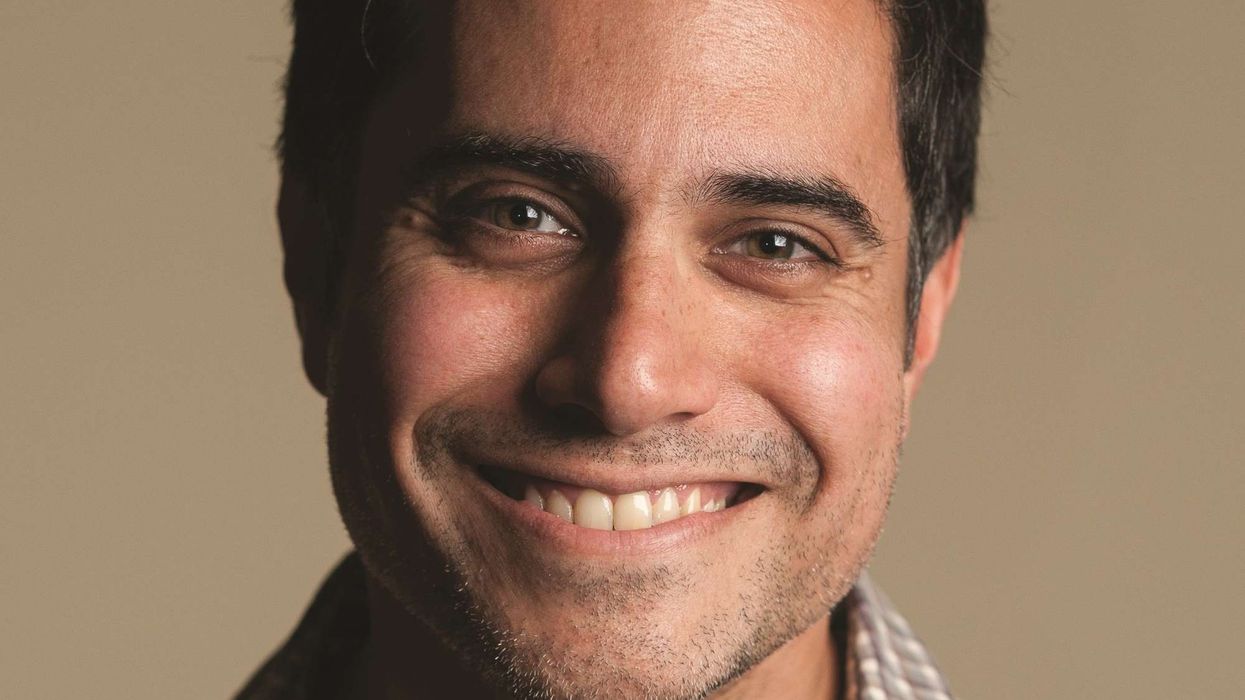
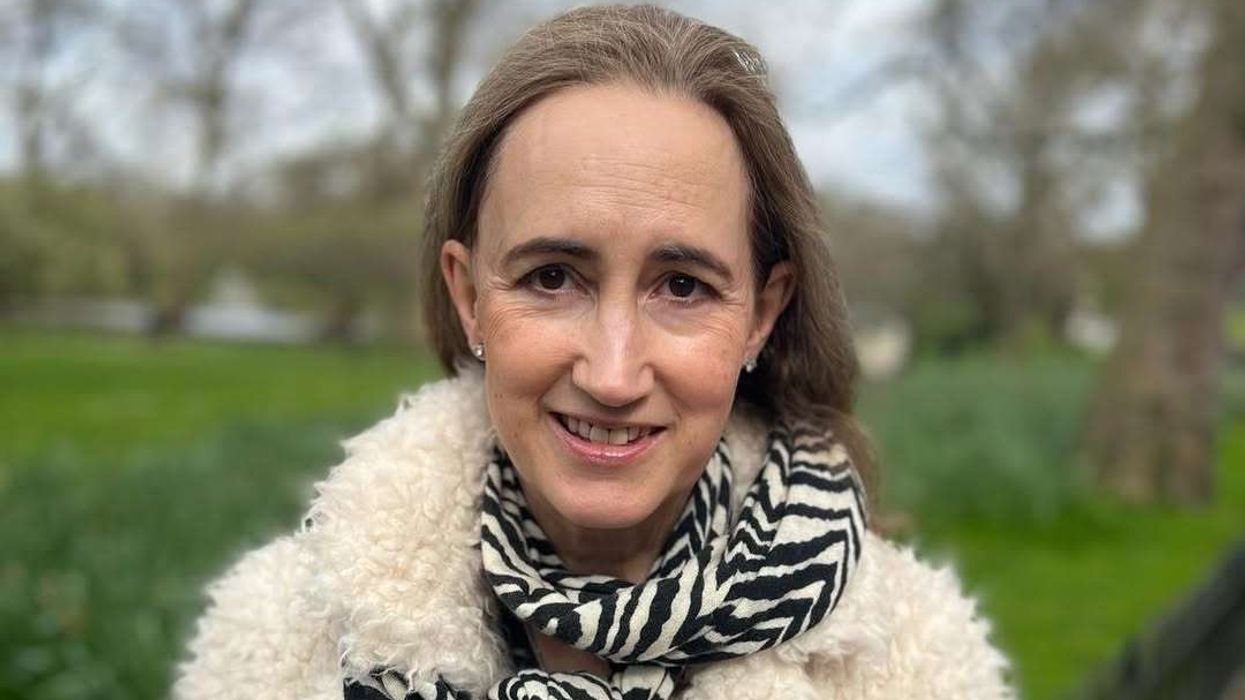
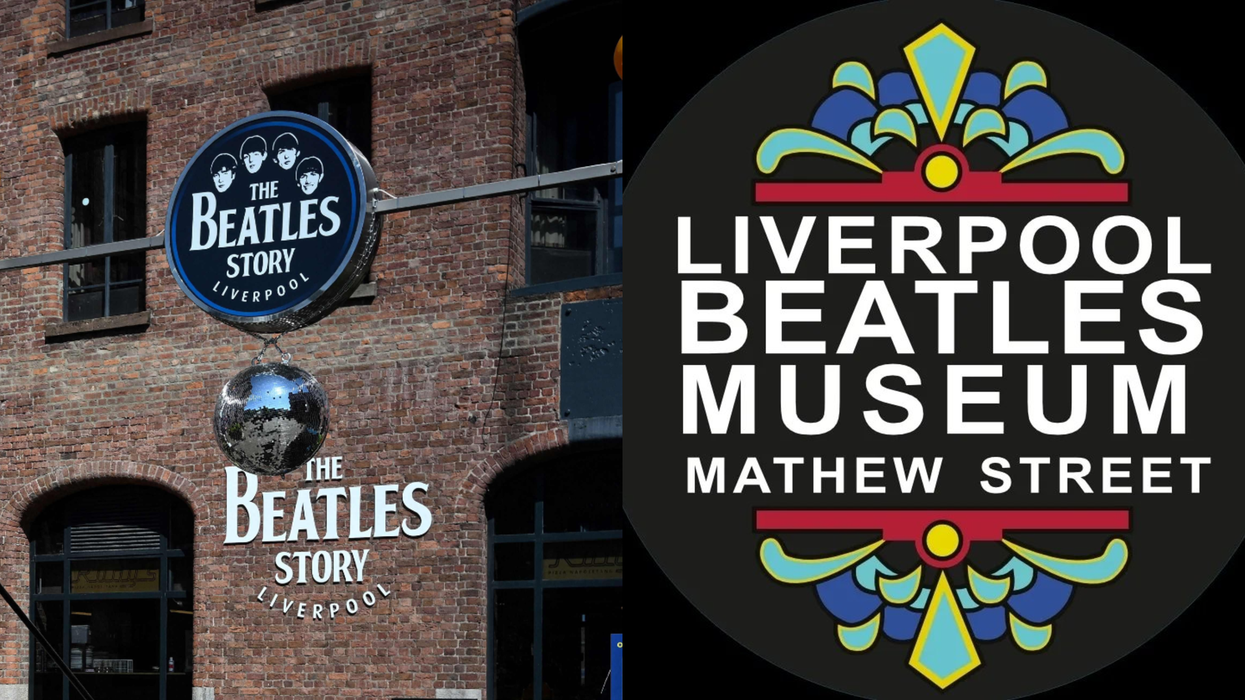
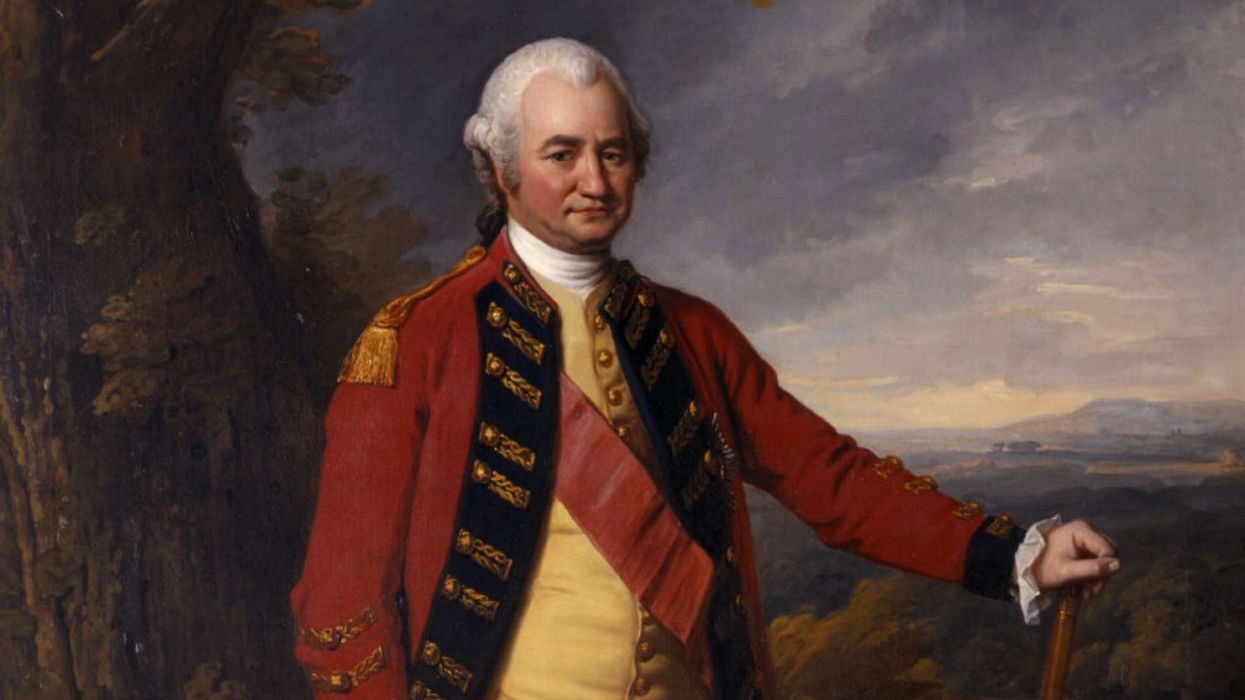
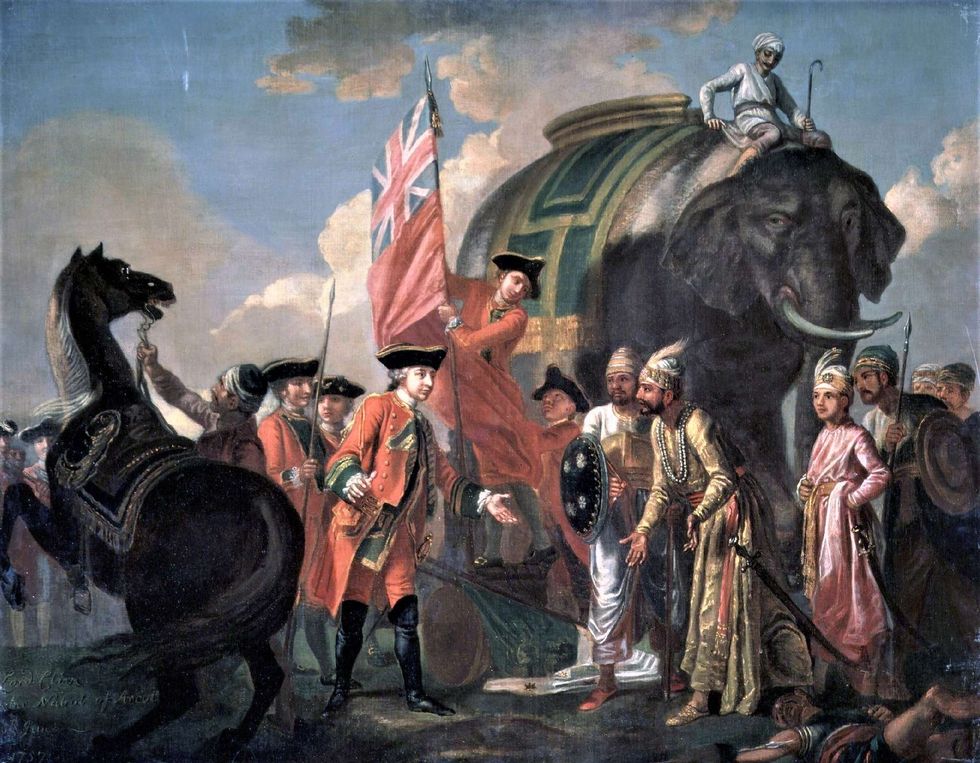 Clive meeting Mir Jafar after the Battle of Plassey 1757
Clive meeting Mir Jafar after the Battle of Plassey 1757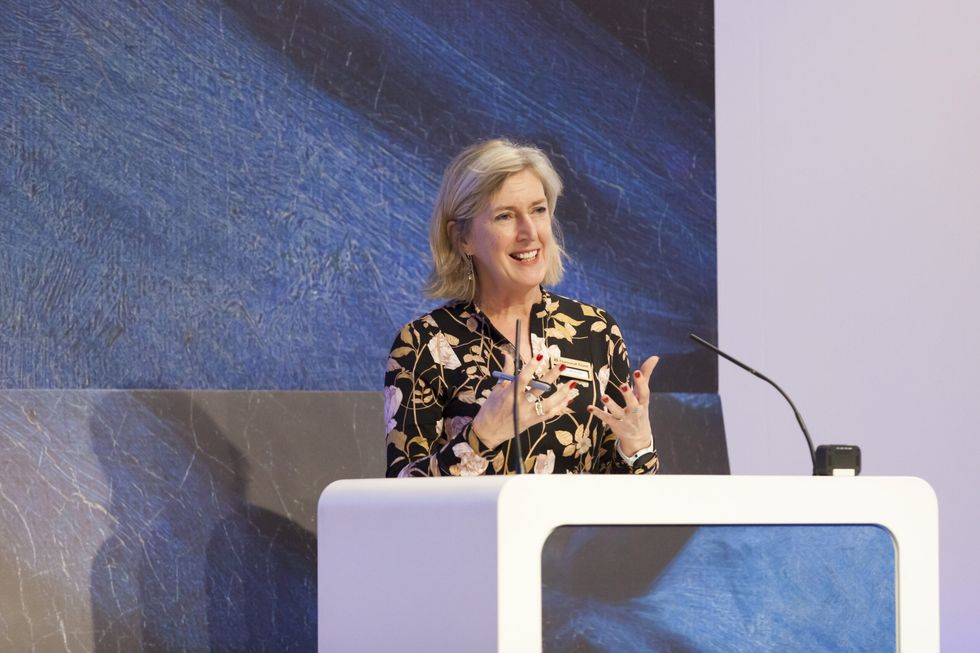 National Trust director general Hilary McGrady
National Trust director general Hilary McGrady 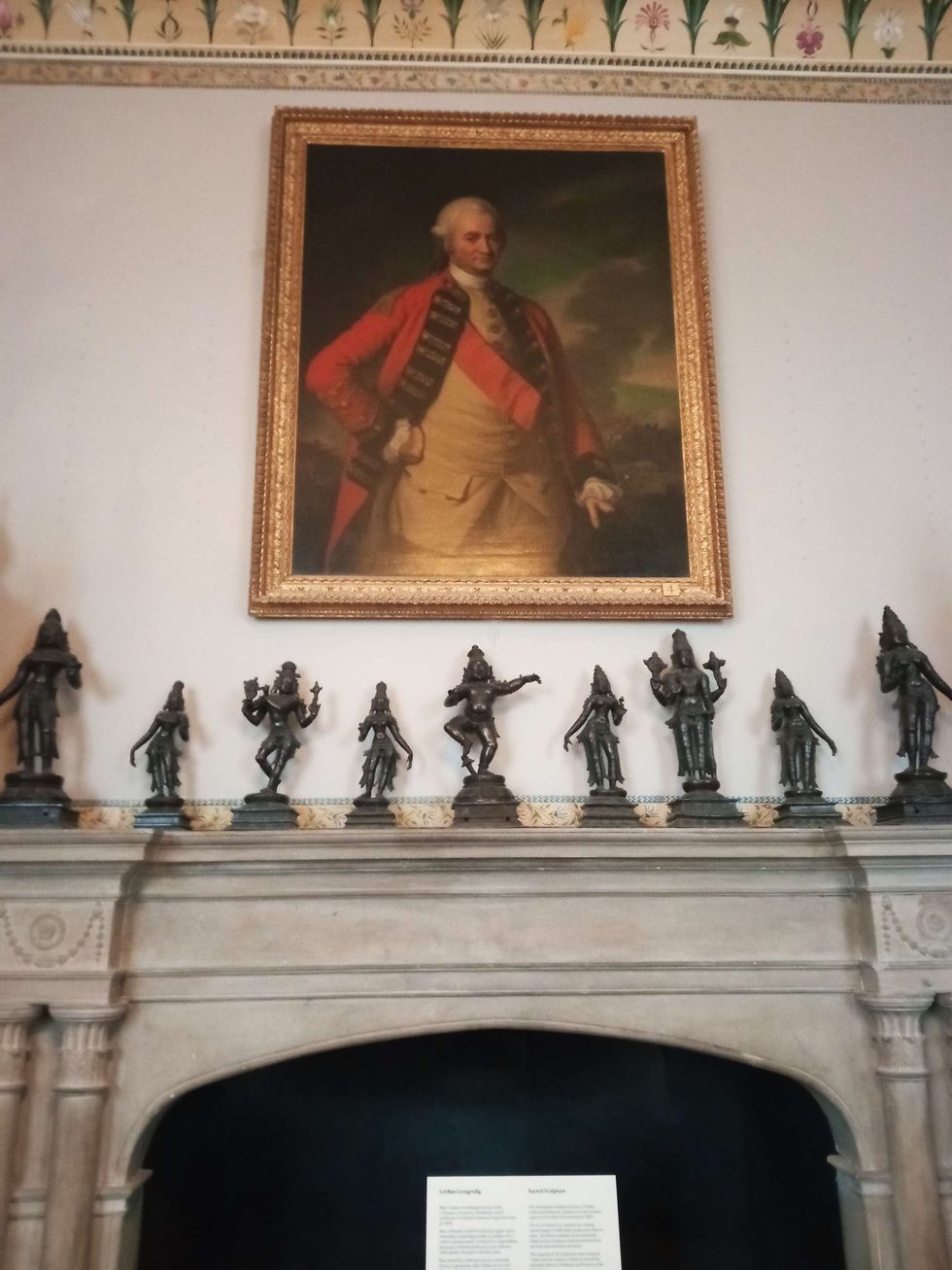 Powis Castle photo of four Clive dominates Hindu Gods
Powis Castle photo of four Clive dominates Hindu Gods  Clive of India at Foreign Office entrance
Clive of India at Foreign Office entrance 





